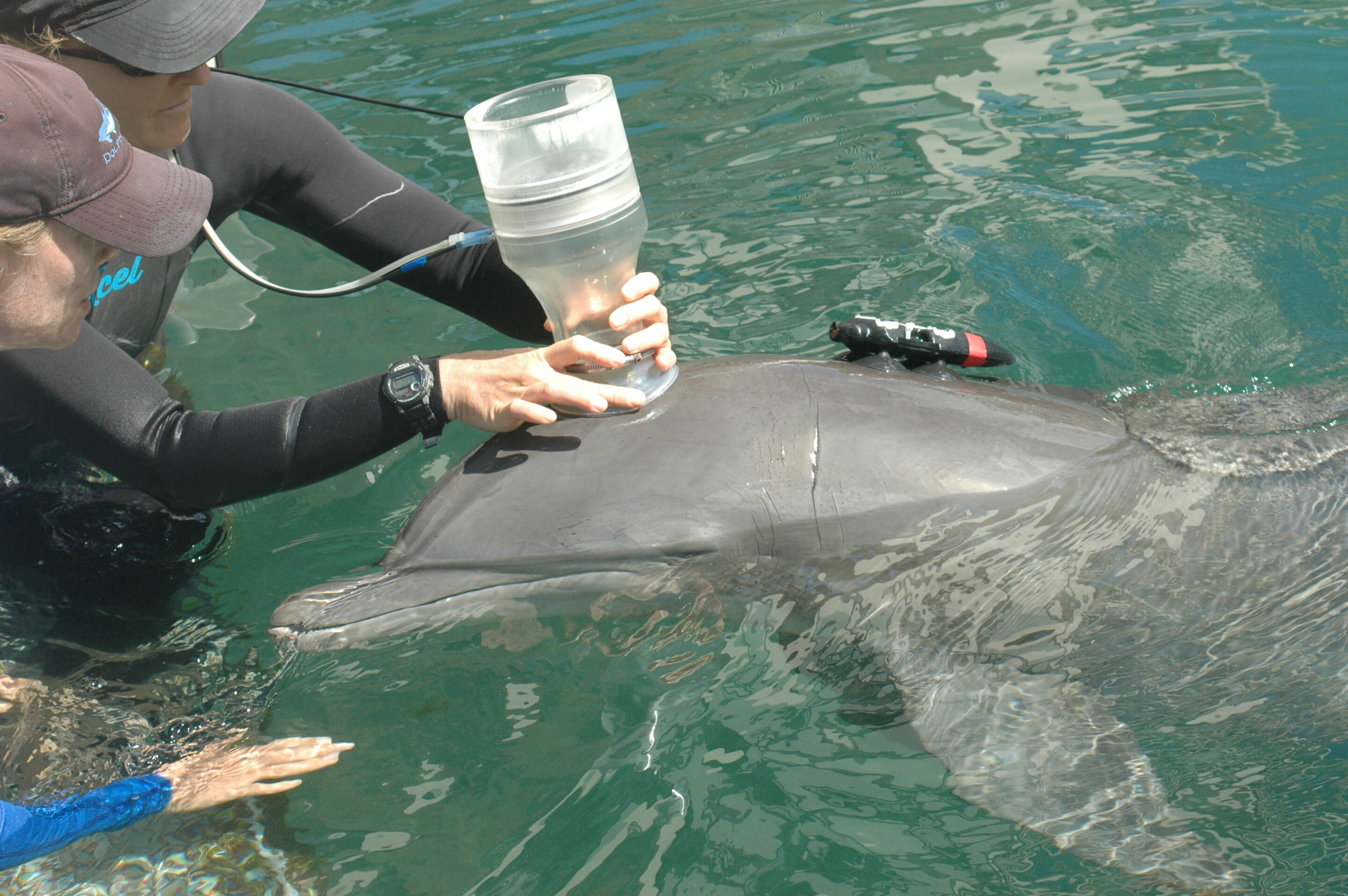#A new tool to create chemical complexity from fatty acids
“#A new tool to create chemical complexity from fatty acids”
Building upon previous studies, Sawamura’s group constructed a catalyst that consists of an iridium atom at its core and various modules that ensure that a fatty acid derivative—fatty acid amide or ester in this case—is precisely positioned in such a way that the C-H bond located three carbons away from the carboxyl group is modified. Moreover, while every C-H bond in a fatty acid derivative can be modified in two ways, giving compounds that are mirror images of one another, the catalyst developed by the team produces only one of the two possible products, which is an important attribute especially for drug development. To increase the breadth of possible modifications further, the researchers try to use different modules in their catalyst to change the way the substrate is positioned in the catalyst to allow different modifications.
In their article published in Science, the team demonstrated that their approach works with various substrates and can produce a large range of useful derivatives. In addition, they used quantum chemical calculations to investigate the precise structure and function of their catalyst driving the observed reactivity and selectivity. The results confirmed that the catalyst has a deep pocket that binds the substrate through interactions between one of its subunits and the carbonyl group of the substrate, and keeps it in place to facilitate the specific reaction—a feature analogous to natural enzymes.
“The modular catalyst allowed the site-selective modification of fatty acid amides and esters, some of which are bioactive compounds. This simple, modular, and broadly applicable catalytic system allows the introduction of structural and chemical complexity to the hydrocarbon chain of readily available feedstock chemicals,” says Ronald Reyes of the research team. Central to the success of these endeavors is a combination of experiments and computation. Sawamura says, “The accumulation of experimental knowledge is a source of great inspiration, but with the support of computer chemistry we can bring this to fruition in the near future.”
More information:
“Asymmetric remote C–H borylation of aliphatic amides and esters with a modular iridium catalyst” Science (2020). science.sciencemag.org/cgi/doi … 1126/science.abc8320
A new tool to create chemical complexity from fatty acids (2020, August 20)
retrieved 20 August 2020
from https://phys.org/news/2020-08-tool-chemical-complexity-fatty-acids.html
This document is subject to copyright. Apart from any fair dealing for the purpose of private study or research, no
part may be reproduced without the written permission. The content is provided for information purposes only.
If you want to read more Like this articles, you can visit our Science category.
if you want to watch Movies or Tv Shows go to Dizi.BuradaBiliyorum.Com for forums sites go to Forum.BuradaBiliyorum.Com




